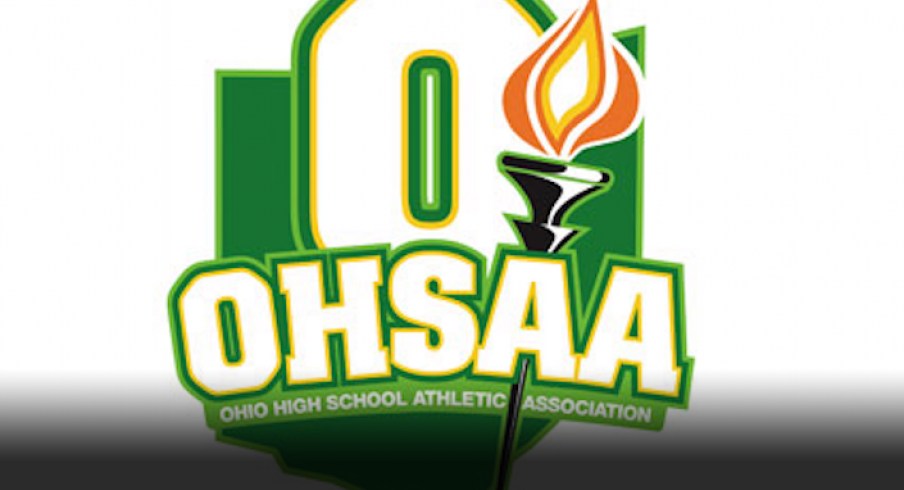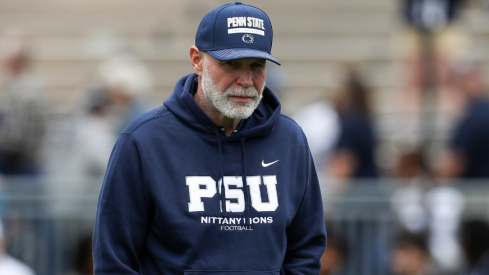A change is coming, and it was long overdue.
Last week a competitive-balance proposal passed in a vote by principals from around the state of Ohio. The Ohio High School Athletic Association’s hope is to level the playing field between public and private schools. It was the fourth time in three years the OHSAA had a vote on the matter.
They finally got the appropriate support to institute the referendum. But not everyone ends up happy in these situations, especially when the finally tally is so close – 411 votes to 323.
Beginning in 2016-17, divisions will be divided based on several modifiers such as where a student lives and their enrollment history since seventh grade. It will be done so on a sport-by-sport basis with an examination of rosters in football, boys and girls basketball, baseball, softball and boys and girls soccer.
Schools that have heavy open enrollment will be affected, as will private schools. In most cases, it will involve a move up in divisions.
“While passing the plan was a major step and truly exciting, our work is just beginning since the competitive balance committee will continue to clarify any unanswered questions and our staff will put all the wheels in motion to finalize the electronic roster collection system,” OHSAA commissioner Dan Ross said.
What the measure will not do is create private-only state championships, a mockery in states that separate the so-called haves and have-nots. It was Ross’s hope to avoid that catastrophe and asterisk adding to state titles.
The private vs. public debate has raged on in Ohio for decades. In 1978 and 1993, there were proposals to separate private and public schools. Both votes were landslides for “no.” In all sports, but most notably uber-competitive football and basketball, many believe private schools have an advantage, thanks to recruiting and the ability to draw kids from as far away as an hour’s drive.
Private and public schools are crying foul. The private institutions believe they’re being targeted (though not all), while those at public schools fear a few open-enrollment kids will thrust them into a division that will zap their competitiveness.
Youngstown Cardinal Mooney offers one of the best examples in favor of the measure. It’s been a football power in Divisions III and IV. Loaded with top-tier talent every season, Mooney routinely beats Division I schools. In some seasons, Mooney’s been considered one of the top teams in the state regardless of division. The school’s trophy case has been filled with four state championships since 2004.
“This version [of competitive balance] is the result of a compilation of input from our superintendents, principals, athletic administrators, and coaches,” Ross said. “I’m most proud that we were able to work together and come up with a solution that will create a better system than we currently have because it looks at how schools secure the enrollment of their students participating in interscholastic athletics.”
Even though open-enrollment schools could see a tougher path to the state championship, the OHSAA is doing its job in discovering avenues that lead to the most competitive divisions. The trend toward big private-school state champions in the marquee sports has grown dramatically since the state moved to a football playoff system in 1972.
Twenty-seven Division I titles – out of 42 – have gone to private schools. In the past 20 years, there have been seven public state champions. Divisions III and IV also have been inundated with private-school state champions. A population shift to suburbs and away from big city public schools has factored into the private school domination.
The verdict: private schools have an overwhelming advantage, which comes from not being limited to one parcel of land. They’re located in districts with no boundaries.
The measure that just passed might not be a cure-all for Ohio high school sports, but it goes a long way in eliminating the free-for-all nature that increasingly has high school athletics creeping toward college and – gasp! – professional atmospheres of glitz and glamor.
The prevalence of private-school champions was the driving force in competitive-balance proposals. Previous suggestions included splitting teams based on socio-economic factors and tradition. Needless to say, they were dismissed with a whimper. The fourth attempt finally combined relevant factors in deciding which teams should placed together.
Instead of making blind decisions, the OHSAA consulted its members and came up with a sensible plan that leaves 56 percent happy – at least for now.


